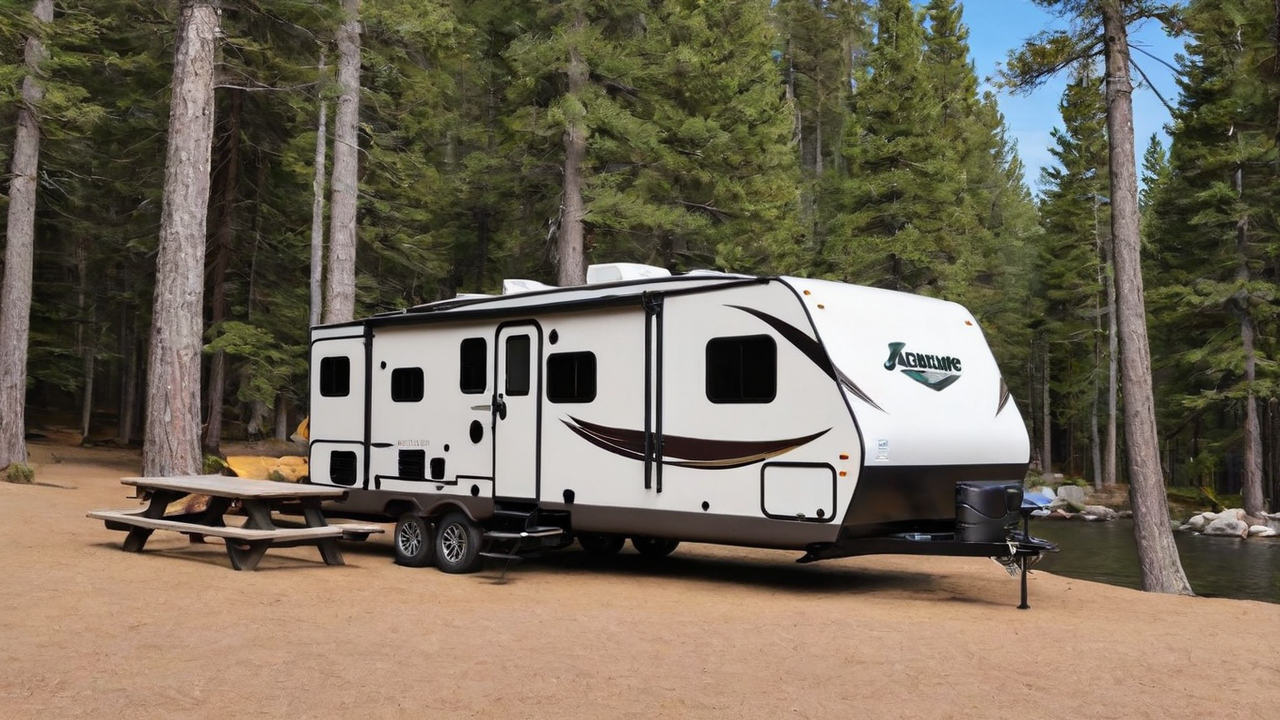Exploring Seasonal Changes: Responsive Strategies in Camping Area Systems
Exploring Seasonal Changes: Responsive Strategies in Camping Area Systems
Blog Article

Grasping Seasonal Impact on Camping Sites
Periodic variations can greatly affect how campgrounds operate. Understanding these cycles is crucial for efficient management and scheduling. By examining past patterns, operators can predict future demands and adjust accordingly.
Likewise, campground systems must be adaptable enough to manage fluctuations in guest numbers, weather conditions, and site availability. This requires robust features that support dynamic pricing, bookings, and campsite management.
Leveraging Technology for Better Forecasting
Advanced algorithmic solutions in campground software enables precise forecasting of usage rates. These systems collect information from various channels, including previous booking records and meteorological forecasts, to provide reliable insights.
Moreover, such capabilities enhance operational efficiency. They allow campground owners to maximize facility allocation and personnel schedules to accommodate anticipated guest volumes.
Modifying Rates Models to Suit Need
Flexible pricing is a vital component of modern campground systems. By modifying rates based on high and low seasons, campgrounds can maximise revenue and keep competitiveness. This strategy relies heavily on accurate demand forecasting.
Adapting prices also incentivizes bookings during less popular times, potentially levelling income throughout the year. Appropriate use of discounts incentives or value-added services can attract visitors who might not otherwise consider a camping site visit during these periods.
Incorporating Automated Functions for Efficiency
Automated processes cuts down human effort and boosts precision in campground operations. Features like automated booking confirmations and notifications ensure that both staff and visitors receive timely information.
Furthermore, this tech aids in resource management by monitoring campsite occupancy and upkeep needs. It therefore ensures better planning and customer service, leading to higher satisfaction rates and repeat visitors.
Improving Client Interaction Through Mobile Solutions
Campgrounds can further improve guest experiences by implementing mobile-friendly technologies. Mobile apps that offer real-time updates on campsite status, climate conditions, and nearby attractions improve the overall visitor experience.
Moreover, allowing visitors to book, modify, or cancel reservations via a smartphone app improves the convenience and satisfaction of the experience, encouraging loyalty.
Aligning Operational Procedures with Ecological Responsibility
Adopting sustainable practices through campground software not only benefits the environment but also attracts environmentally aware travelers. Functions such as energy-efficient options and waste management tools play making campgrounds appealing to a wide audience.
Moreover, these systems assist in adhering with local environmental laws and reduce operational costs. It’s a win-win situation that promotes longevity while enhancing profitability.
Developing Community Involvement and Support
Long-term success for camping sites requires building a strong community bond. Software that facilitates community-focused activities and communication can deepen these connections.
Improving community engagement not only creates a warm environment but also generates positive reviews, possibly increasing bookings and visitor numbers through natural marketing.
Assessing the ROI on Advanced Software Solutions
It is important for campground owners to regularly assess the return on their investment in advanced software systems. Performance metrics should be analyzed to identify whether the software enhancements are improving efficiency and revenue.
Regular reviews and updates of the software ensure that the campground remains at the cutting edge of industry trends and customer expectations, ultimately maintaining a competitive position in the market.
get more info Report this page